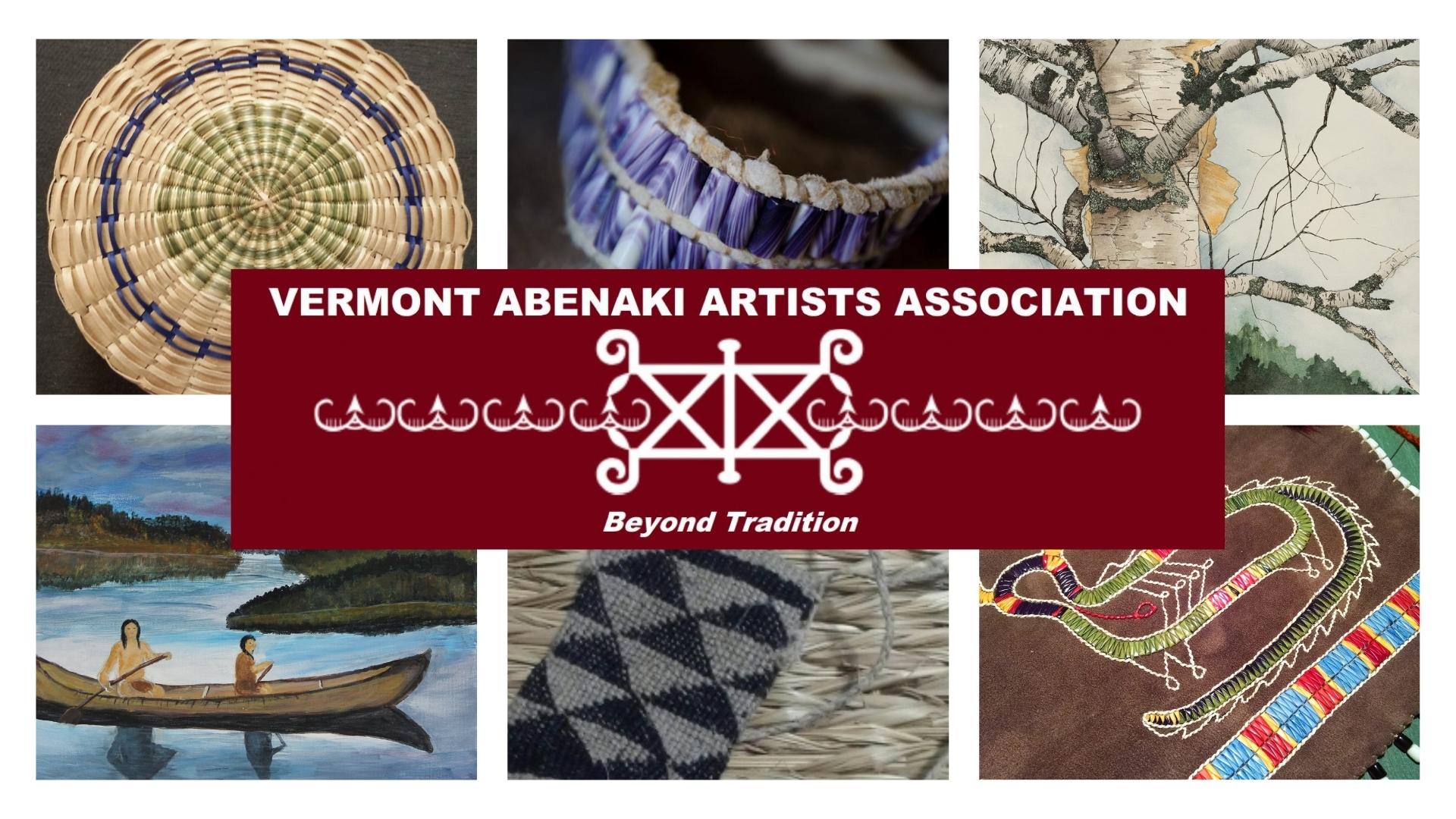When artists join VAAA their work is juried and they are classified into one of the following four categories. Artists may also request their artwork be reevaluated annually or after receiving appropriate awards.
Master Culture Bearer (MCB)

Master Culture Bearers are few and far between because this distinction requires superior skill level, mentoring Abenaki apprentices, and emerging artists using traditional Abenaki epistemology. They have exhibited their artwork internationally, and have earned awards for their artwork or work with/for the Abenaki community. They have a long-standing record of service to their community, VAAA, and the arts and humanities organizations. Some may also have academic credentials that support their traditional knowledge. Anyone applying for this level must provide a resume of their achievements, photo samples of their work and original pieces to be examined if requested. By this time in their career, they should be well known throughout the region. (Please note that this is a new category.)
Master Artists (M)
Most Master Artists are culture bearers that are bringing traditional arts to the next generation. They must be knowledgeable about the history of their chosen art form, how to harvest and prepare the necessary materials. They have their own style, create original pieces, not replicas. Their work is increasingly original, and they may be increasingly pushing the boundaries of their chosen medium, and they have designed and taught classes and workshops about their medium. Their art is sought after by museums, galleries, and collectors. Master Artists must also be available as a jurist for new artists coming into the category of their art form. Anyone applying for this level must provide a resume of their achievements, photo samples of their work and original pieces to be examined if requested. By this time in their career, they should be well known throughout the region. A journeyman who has been selling their pieces professionally may apply to be juried after ten years. Application does not guarantee designation of a title.
Journeyman (J)

The minimum requirements to being a Journeyman are to have practiced a craft for at least five years. They have achieved technical proficiency but are still developing their style, and they make professional looking pieces that are of high quality to sell. Some Journeymen may be beginning to exhibit their works and be thinking about teaching workshops. Apprentices are eligible to apply for this level after three to five year period as an apprentice, but they must show significant growth in their skill and creativity before they apply to be re-juried for this designation or title.
Craftsperson (C)
Craftspeople are can either be self-taught or had some lessons but they are not doing an apprenticeship with a Master Artist. They do not have the technical expertise to be considered for the Journeyman or Master Artist categories.
Apprentice (A)

Apprentices are taking their first step on their journey as an artist. They are in the process of learning about the tools and techniques of their craft. During this stage, their work may appear primitive or inconsistent in quality. Through practice, they are developing proficiency. Some apprentices are studying with VAAA Master Artists while others are learning from other culture bearers. Apprentices can also be self-taught through research, trial, and error. Although apprenticeship typically lasts a few years, they will not automatically move on to the next level. They must request that the VAAA committee required them. If successful they will move on to be a Journeyman and if not they may remain Apprentices for a longer period. Kits may never be used during the jurying process.
